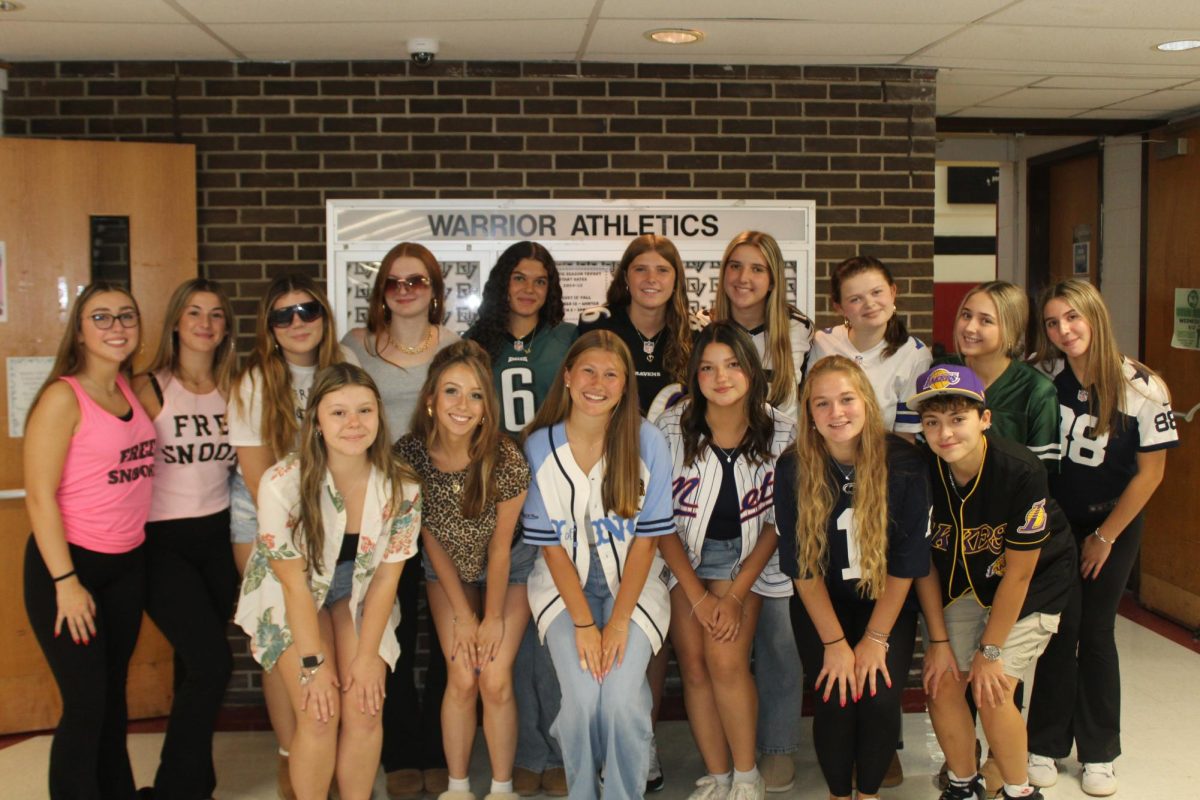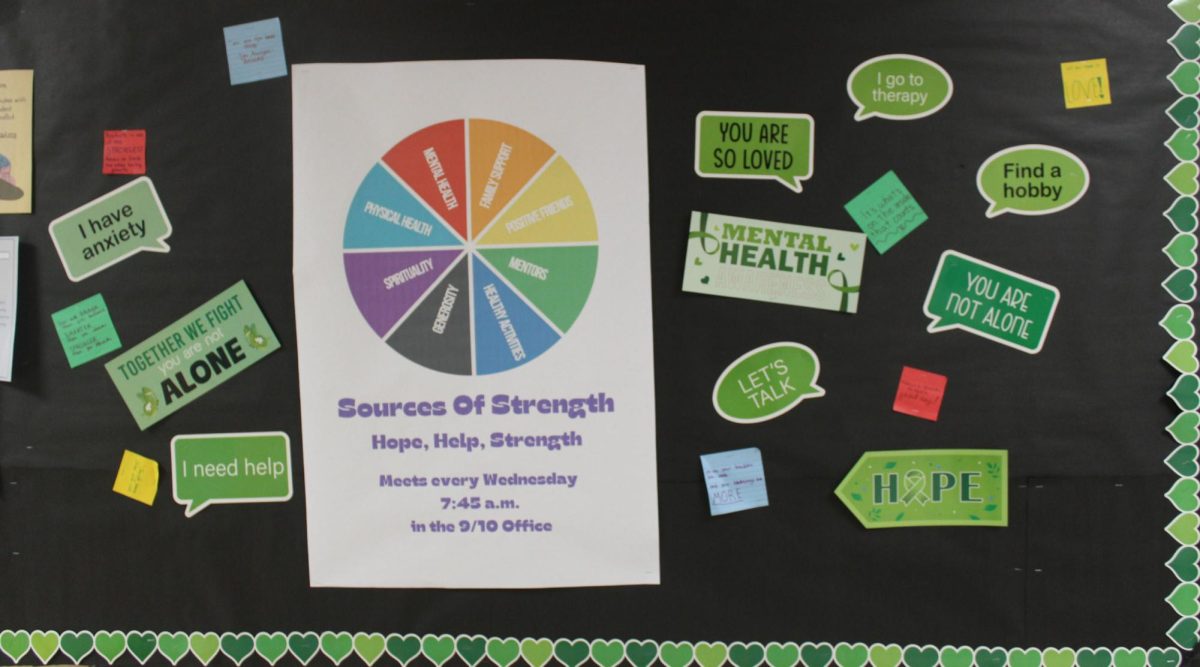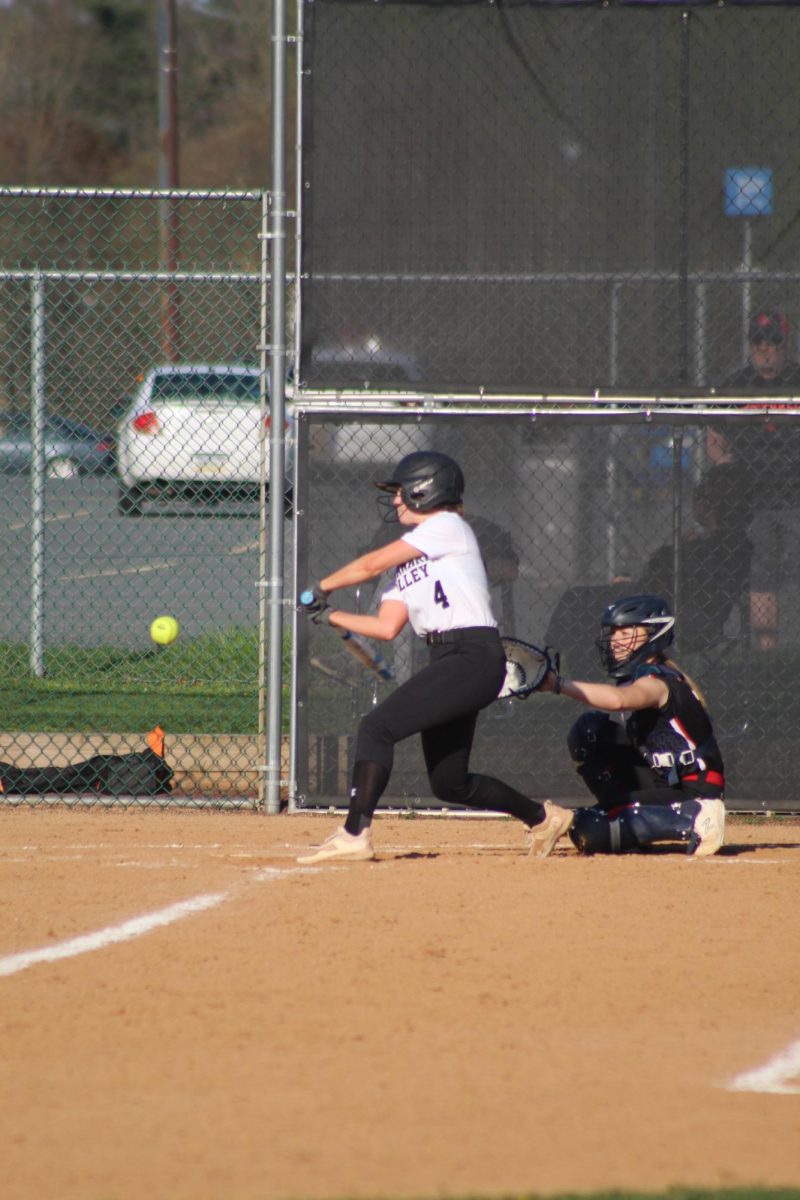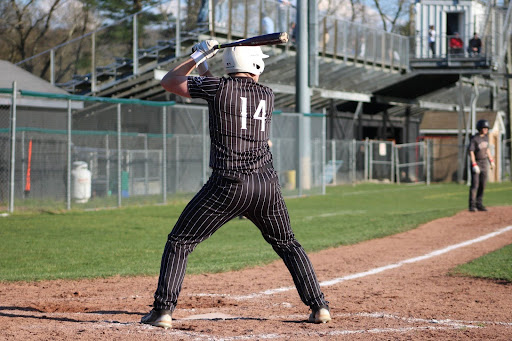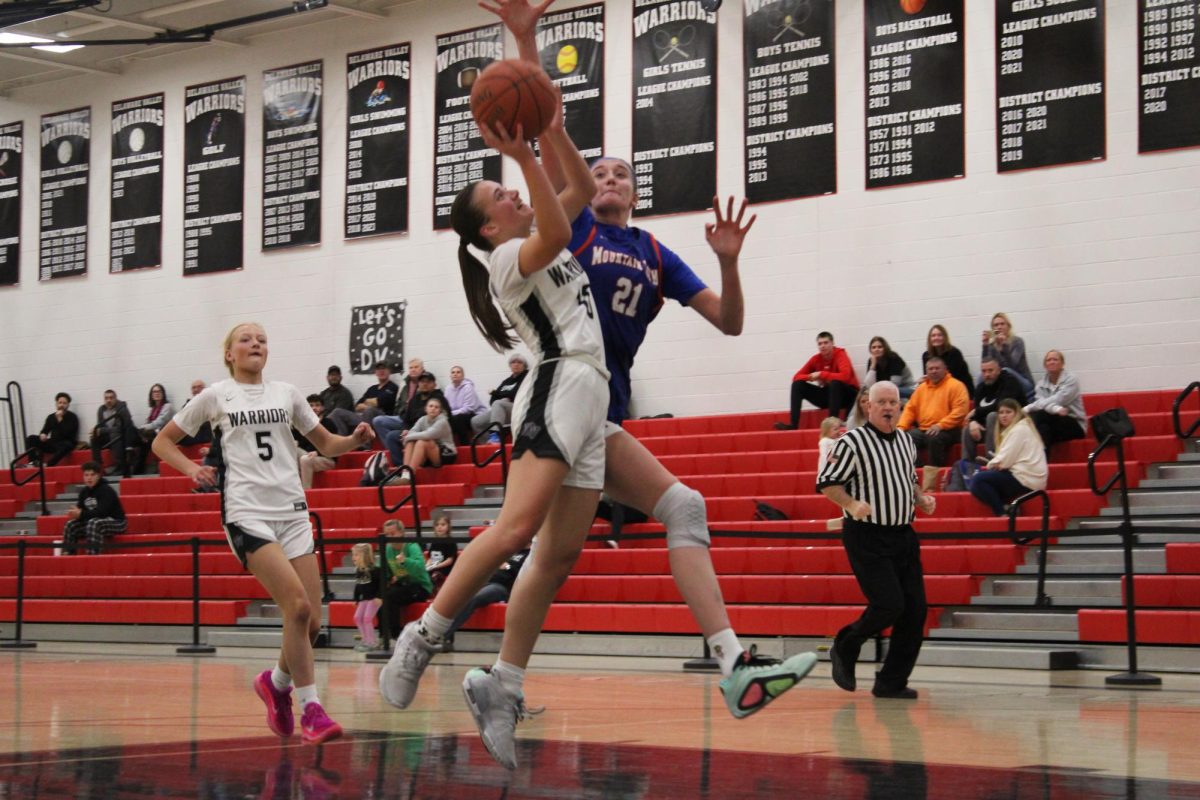Many young athletes are involved in sports throughout the country. Many students are competing in sports year round with little opportunity to rest and a high risk of injury.
Athletes go to the doctors with sports- related injuries and are prescribed a variety of different medications in order to help with their injuries. According to doseofreality.gov, approximately 20 percent of young athletes ages 12 to 17 have abused prescription drugs in their lifetime.
Studies show that prescription drugs can help alleviate pain due to sports-related injuries, but also show significant results of abused substances. Painkillers are known to mask pain but ultimately don’t heal the injury therefore increasing the demand of painkillers needed, which in turn increases the risk of addiction.
Research suggests that athletes in high-impact sports like football are at the greatest risk of substance abuse due to the rigor of their sport. A 2014 study found that student athletes are more likely to abuse opioid painkillers than their non-athlete peers.
A University of Michigan researcher concluded that by the time athletes reach their senior year, approximately 11 percent of them have abused painkillers at one point in time. The CDC noted that there is a growing number of student athletes who are currently or have in the past abused substances.
The growing issue of substance abuse is a growing issue among school communities, especially in the student athlete community, in high school or college. These students are under constant scrutiny to be best at everything, which could further the need for substance abuse.

